Attrition rate in the Philippine business process outsourcing (BPO) industry dramatically improved as it dropped to an average of 50 percent from 70 percent, because of factors like salary, training, government intervention and continuous education. The improvement may also be due to the new career paths in BPO for young people.
Continuous education is required to upgrade skills and build capabilities in an industry that considers people its biggest asset and challenge, according to Contact Center Association of the Philippines (CCAP) president Benedict Hernandez. The BPO sector has expanded from its traditional data entry, directory assistance and call center service offerings to middle and higher value services such as analytics and infrastructure technology.
Rommel Reginio of SPI Global Holdings, Inc. explained that voice segment of BPO was very generic back in the late 1990s when outsourcing was new, but voice services have expanded to include email, chat, social media, multi-channel and omni-channel support. The BPO workforce has also evolved and become more focused on improving customer loyalty and retention and increasing revenues through data analytics and infrastructure technology-embedded work.
The new IT-BPM Roadmap 2022 by Frost & Sullivan is expected to focus on the human resource issue. To be released in October this year, the roadmap predicts that low-skilled voice tasks will shrink by 28 percent, while mid-skilled tasks will grow by 7 percent. Meanwhile, high-skilled tasks have the highest growth rate (48 percent), representing big opportunities in complex services.
The new roadmap considers the fact that only 16.6 percent ($166 billion) of the $1-trillion sourceable work in the world have been outsourced, with outsourcing service providers in the Philippines accounting for $22 billion of the global outsourcing pie. The Philippine BPO industry targets $25 billion in revenues and 1.3 million jobs this year.
– SMEs Attracted to Outsourcing in the Philippines & Other BPO Hubs
– Global Knowledge Process Outsourcing Market to Grow 23%
– Document Process Outsourcing Case Studies & Success Stories
– Outsource Bookkeeping Philippines
– Flash Design Animation
– Women in Outsourcing Companies in the Philippines
– Staff Leasing Philippines
– Philippines Outsourcing, Productivity and Business Insights














